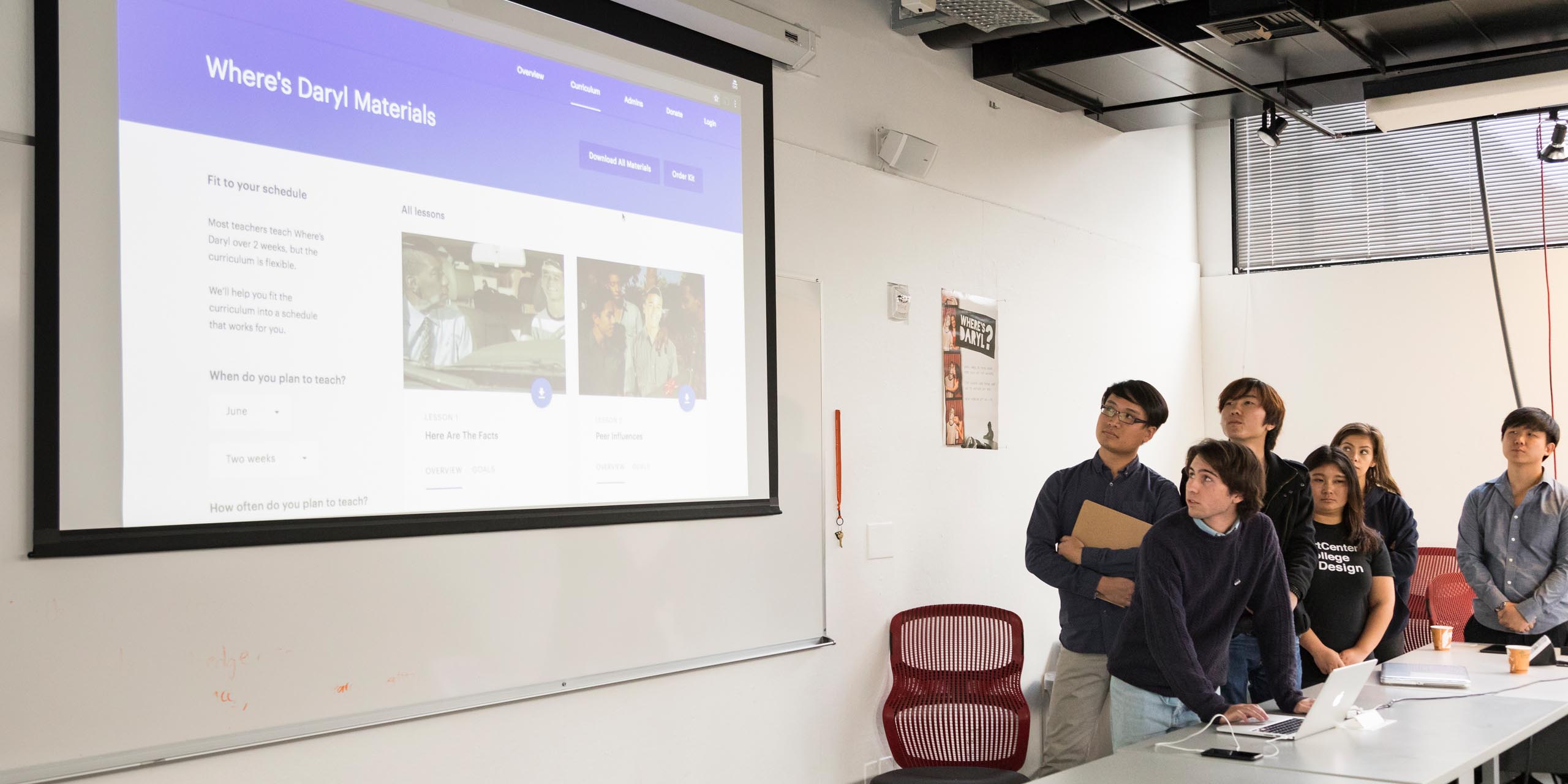“Where’s Daryl?” Interaction Design Studio
- Public Policy
- Social Entrepreneurship
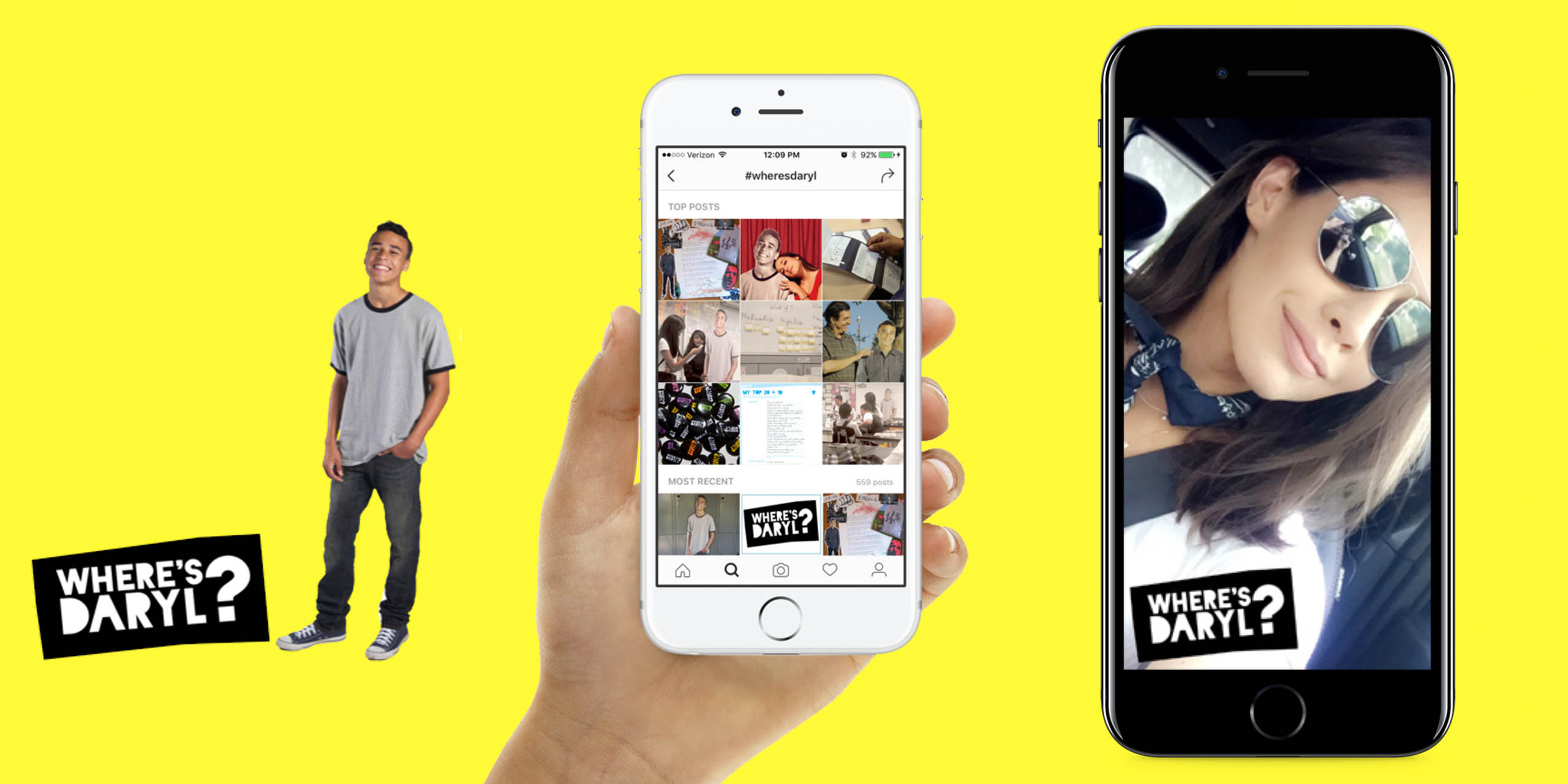
Fall 2016
In partnership with the Los Angeles Unified School District (LAUSD), this studio – a continuation of the “Where’s Daryl?” educational toolkit created in 2012 and a byproduct of the Uncool Studio in 2011 – challenged students to develop an easy-to-use and functional online teacher training portal so the anti-gun violence curriculum could be scaled nationally and reach a wider potential audience of users.
The new website portal, created by the students in this Interaction Design studio, will provide DIY downloadable and printable versions of the toolkit for educators to easily print and assemble – as well as the ability to order higher-quality materials. It also features channels for middle school teachers to offer feedback as a way to continually evaluate and assess the effectiveness of the curriculum in the classroom.
This project was made possible in part by support from the Designmatters Educational Program Grant from the Autodesk Foundation.
What impresses me the most with these concepts for “Where’s Daryl?” is that it’s simple and very user-friendly but also very elegant, modern and relevant based on what is happening right now in society and the way we communicate. For the teachers, the simplicity and easy-to-understand tools will make them feel like they are part of a bigger world.
—Timothy D. Kordic, Los Angeles Unified School District – Health Education Programs, HIV/AIDS Prevention Unit
Background
Legacy Project
The “Where’s Daryl?” educational program was an outcome of the Nathan Cummings Foundation-funded Uncool Initiative, conceived in 2011 in an ArtCenter advertising studio in partnership with the Los Angeles Unified School District, that asked students to create an educational violence and gun prevention campaign for Los Angeles youth.
The campaign was actualized into a fully-realized “Where’s Daryl?” Educational Toolkit in 2012 by Designmatters students working alongside Timothy Kordic of LAUSD’s Health Education Program, ArtCenter alumna Maria Moon and Designmatters Director Elisa Ruffino. The curriculum was designed to be deployed through the LAUSD network to participating middle school across Los Angeles.
“Where’s Daryl?” emphasizes prevention by challenging youth to consider their assumptions about guns and gun use as well as discussing the real negative impacts guns can have on their lives and personal goals. The curriculum is fully aligned with health education standards and was vetted by national experts in youth-related gun violence. It has been implemented at seven high-risk schools in LAUSD and has involved nearly 2,000 middle-school students via two pilot phases conducted in spring 2013 and fall 2014.
An improved version of the Toolkit with refined messaging and lesson plans based on rigorous evaluation and teacher feedback was completed in a 2014 rollout. Components were streamlined to make the project more affordable and easy-to-produce and deploy.
“Where’s Daryl?” received an Ideas That Matter Award from Sappi North America in 2014.
Youth and Gun Violence
For many of America’s youth, gun violence is a fact of everyday life. In Los Angeles, countless young people have lost family members and friends to gun-related injury, death or incarceration. According to the Central for Disease Control, among homicide victims ages 10 to 24 years old in 2010, 82.8% were killed with a firearm.
Because of their involvement with guns, many youth are serving time in the Juvenile Justice System which will forever alter their lives.
Education can assist teens and tweens to understand the real-world ramifications of gun violence and that embracing alternative behaviors is essential for their own personal well-being and survival as well as for the safety and peace of their immediate community.
“Where’s Daryl?” Toolkit Overview
An innovative anti-gun violence educational program for middle school youth, “Where’s Daryl?” allows students to creatively explore their feelings and ideas about guns and guides them through a personalized anti-gun decision-making process.
The centerpiece of the preventive program is Daryl, a fictional but relatable student who, through his involvement with guns, misses out on important milestones in his life: birthday parties, shooting hoops with friends and even his first time in love. Using the “Where’s Daryl?” resources, educators help middle school students develop strategies to reconsider gun use, stressing the negative impact they can have on their lives and goals.
The “Where’s Daryl?” curriculum contains scaffolded, engaging lesson plans for classroom teachers to spark critical thinking, change minds, and change lives.
The educational program contains a teacher’s toolkit and classroom materials, which include a life-size cutout of Daryl for the classroom, and four educational PSA video shorts that present Daryl’s absence from important life events as a consequence of breaking gun laws. The program also incorporates various art supplies and affinity items including the popular “Where’s Daryl?” buttons.
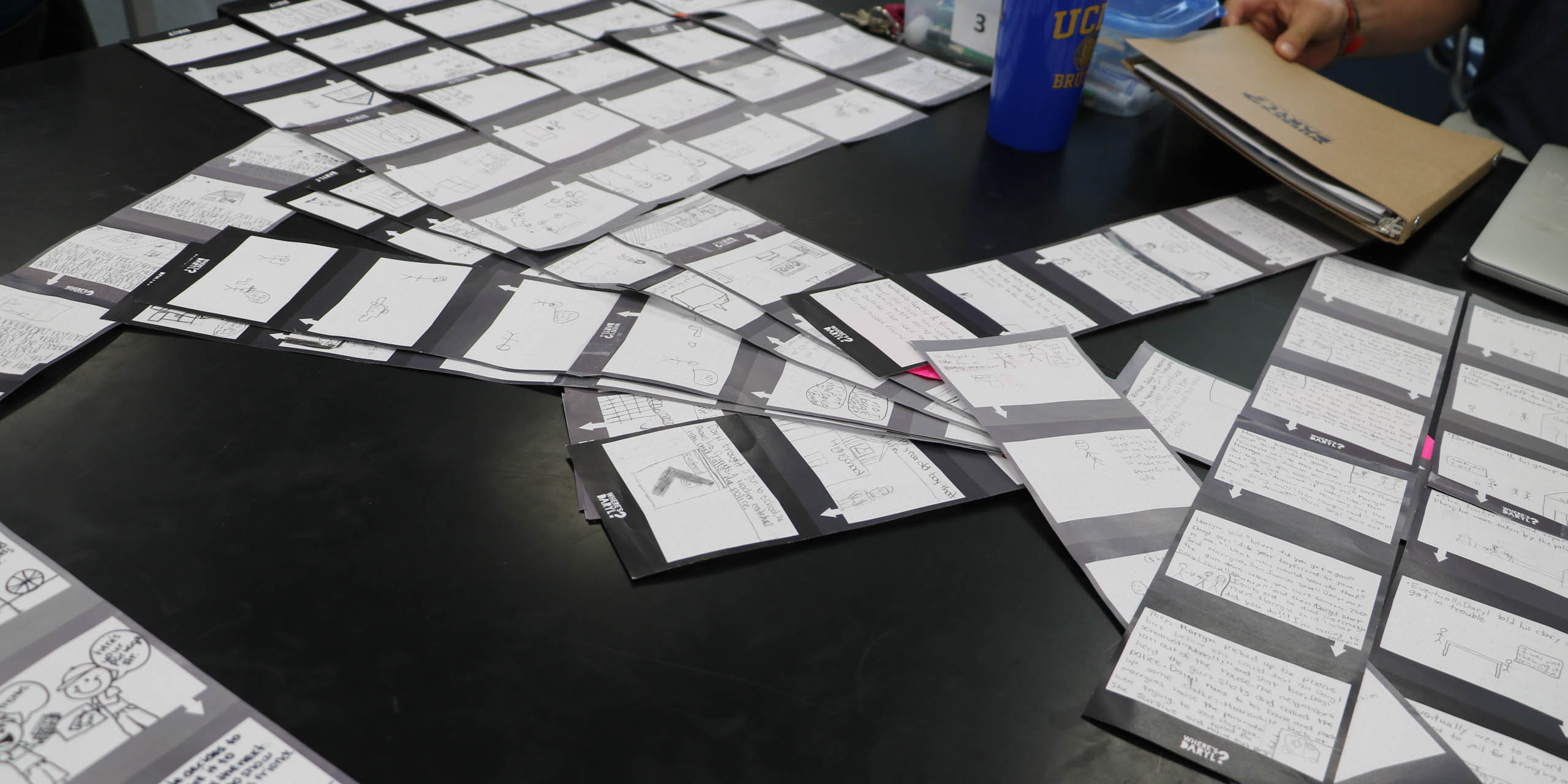
Research and Project Development
To translate the “Where’s Daryl?” materials from analog to digital, students first needed to understand the world of contemporary teachers, the primary users of the platform. Students delved into the current educational system to uncover the needs and struggles of modern-day educators in public schools. Students read numerous white papers on best practices for educational teaching, and formulated hypotheses on teaching processes and challenges such as limited time and resources.
Students furthered their research by engaging in stakeholder interviews, discussing the origins of “Where’s Daryl?” with ArtCenter alumna Maria Moon, who was part of the first iteration of the project. An in-depth presentation by Tim Kordic of LAUSD Health Education Programs introduced students to Dan Rice, Director of Training at Rutgers College who trains educators to provide youth sexuality education programs. Through Skype interviews, Rice offered the students clarity about the educator challenges, especially the need for flexibility in curriculum planning.
Students folded their idea gathering into educator personas, creating three archetypes of teachers – beginner, intermediate and veteran – to help guide their design decisions.
To prepare for a classroom visit to Vista Middle School in the San Fernando Valley, students developed digital website prototypes and constructed carefully crafted questions for teachers about their struggles, needs, goals and activities, whose answers which would inform future design issues. Students specifically wanted to know how teachers employed technology into the classrooms and how this website could merge with existing platforms that teachers use, such as Schoology.
Students spent one day at Vista Middle School where teachers have been implementing “Where’s Daryl?” in their lesson plans. Teachers described what they liked about the original curriculum and why “Where’s Daryl?” worked for them in the classroom; they offered constructive and value feedback on the digital prototypes.
Students also learned that the teachers cared about the high quality of the tactile materials (Daryl cut-out, buttons, etc.), the visual is more important than words, and social media integration and documentation sharing could play a powerful part of lesson planning but privacy concerns needed to be addressed.
Students also discussed with the teachers how middle school students connect socially, and the potential of integrating “Where’s Daryl?” into various student-driven, out-of-the-classroom experiences such as Snapchat, Instagram and chatbot simulation.
After the school visit, and to meet business goals of the projects, students refined their audience further and chose one teacher persona, the intermediate teacher, to structure and target their design.
Students worked as a unified team to create the platform and throughout the process, were constantly questioning: Is this design meeting the needs of this persona? Is this addressing their pain points? Will this help them achieve their goals including flexibility and customization?
In addition to addressing teacher needs, the students knew they must incorporate the stakeholder needs of LAUSD on the business side by integrating analytics that would manage and track the progress of users. Finally, students also knew the portal should be scalable beyond the immediate Los Angeles area as it connects teachers in a supportive community.
The students sought to integrate the variety of digital tools, especially the photo hosting websites that teachers currently use into the “Where’s Daryl?” website. Having photos live on these websites would keep the platform unencumbered from storing images as well as addressing privacy issues connected with those images.
The entire design structure also took into account that teachers might access the website from not only a laptop, but also iPads and smartphones.
The students were engaged in very sophisticated research, debate and discussion in this studio, but what really impressed me, in the final production push, was that they were intelligently talking through the options, weighing each decision carefully. The final push was a very mature and professional working team. They worked like a real studio.
—Todd Masilko, Associate Professor, Interaction Design
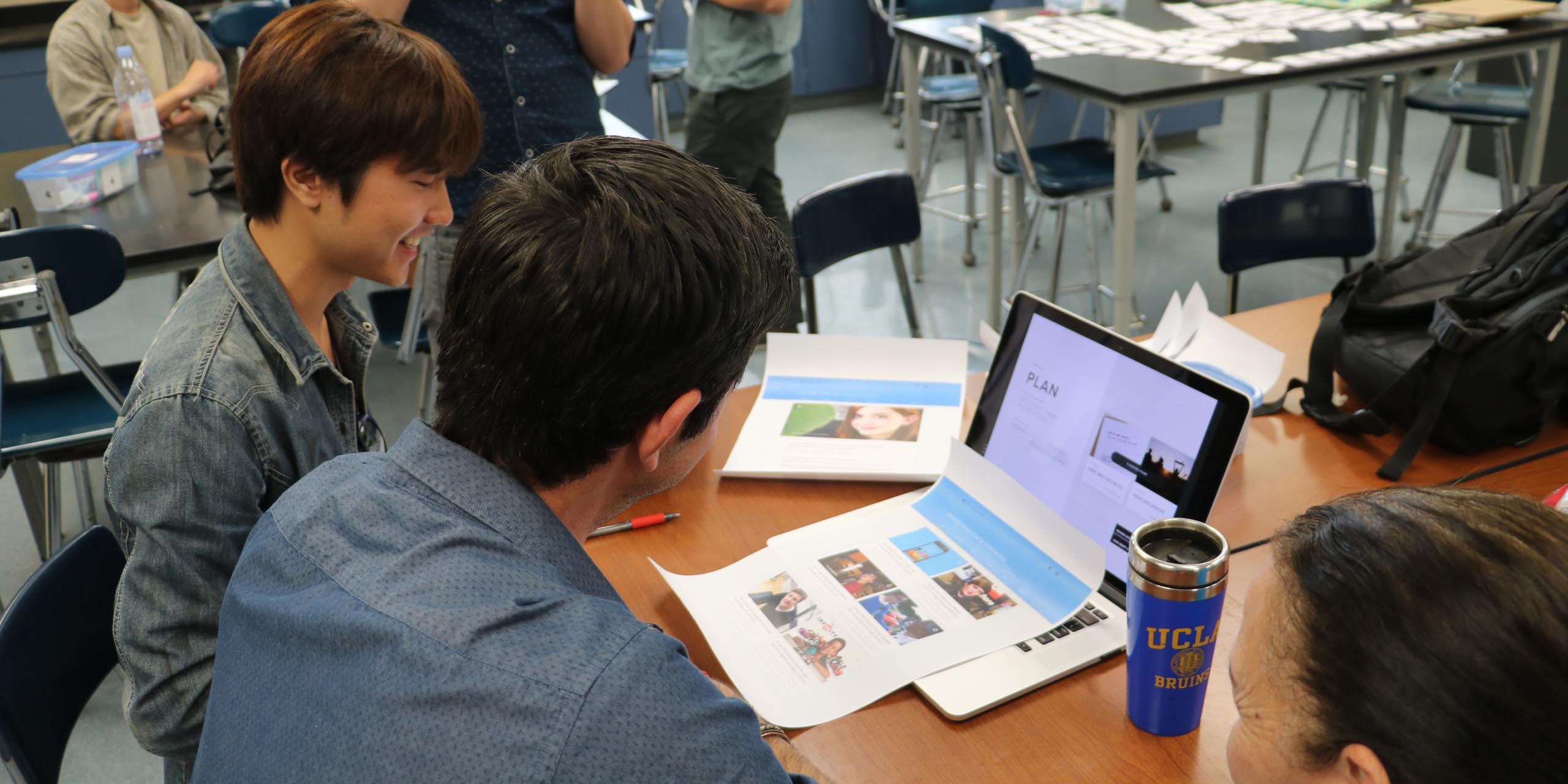
Project Outcomes
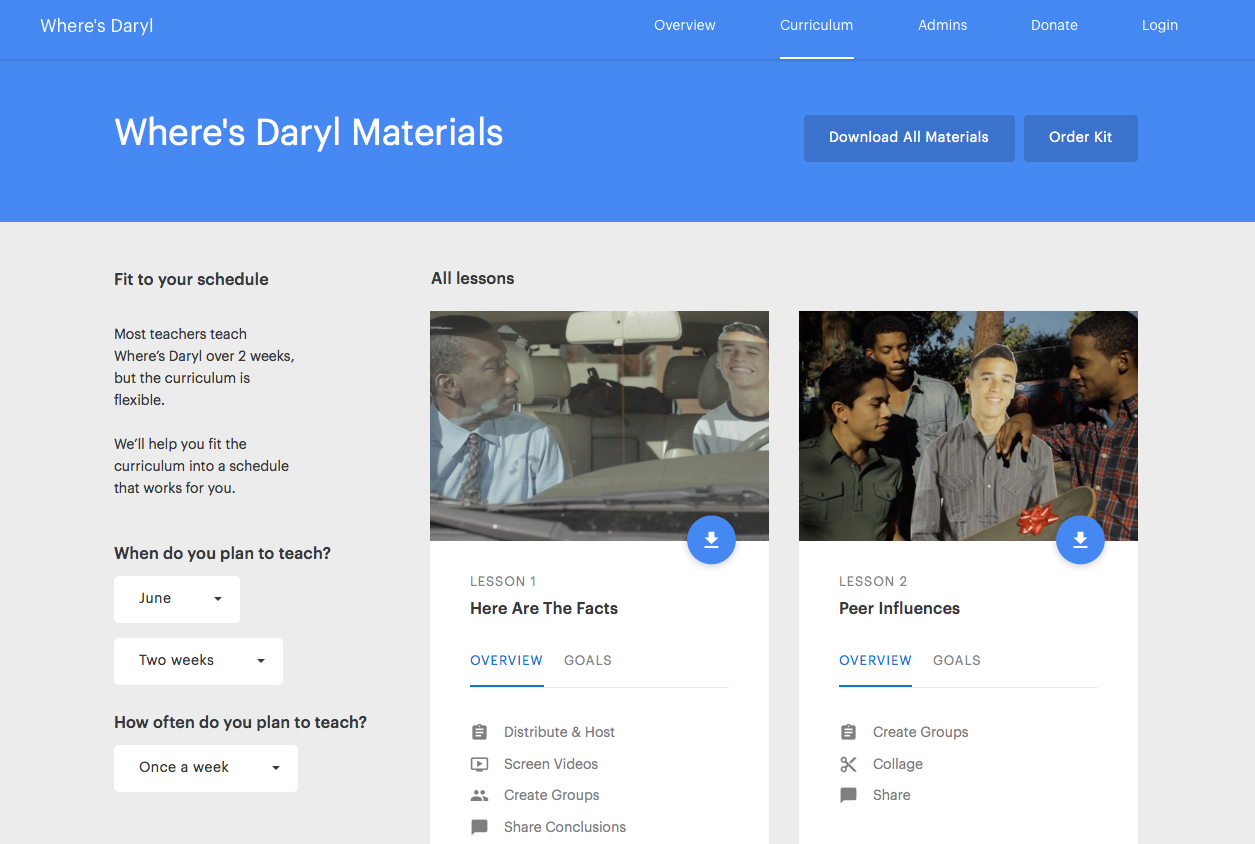 close
close
Website Portal
Read more
Knowing that visuals can quickly tell the story, the students positioned the existing PSAs into the portal landing page; the large video imagery presents intriguing snapshots on the ramifications of gun violence. The landing page also contains a brief introduction about Daryl and actual quotes from teachers and administrators about the curriculum, both presented with engaging imagery. Further down, a quick summary of the four-step process helps educators see the website layout in a glance. Simple graphics and minimal text accompany the four categories: accessing the kit, planning lessons, teaching lessons and providing feedback. Also on the scroll down are certification credentials reassuring that the “Where’s Daryl?” curriculum meets educational standards. The landing page scroll further describes shared compatibility with programs that many teachers already use such as Schoology and Shutterfly. A donation button is positioned also on the landing page so individuals or organizations can support the curriculum with tax-deductible contributions; this will help off-set the cost of the high-quality print materials (Daryl cut-out, buttons, etc.) for teachers on a strict budget. Finally, the landing page invites users to send an email to a school administrator or other recipients about “Where’s Daryl?”. From the landing page, other page components were designed to flow instinctively. Information was grouped in four categories: Overview, Curriculum, Administration and the Donate Button. Materials on the Curriculum Page can be downloaded for DIY assembly or ordered if higher-quality materials are desired. Nine lessons are positioned in digital boxes and immediately visualized with titles, images and limited text. Each lesson is simplified into quick snippets laying out main objectives and goals along with the necessary materials and actions needed to complete this segment. A nearby component can assist teachers who want to customize the lesson plan to address time constraints. The Administration Page allows only designated admins to access the tracking analytics (teacher visits, teacher locations, etc.) and to edit, add web content and manage teacher feedback. With plenty of white space, appropriately-sized images and limited text, the easy-to-navigate website merges the narrative of “Where’s Daryl?” with current technology. The portal also presents the curriculum generically so it could be used by teachers in school districts across the country. Finally, the low-maintenance platform architecture was designed to be a fluid template and allow it to be modified for other topics and possible curriculums (smoking, sexuality education, etc.).
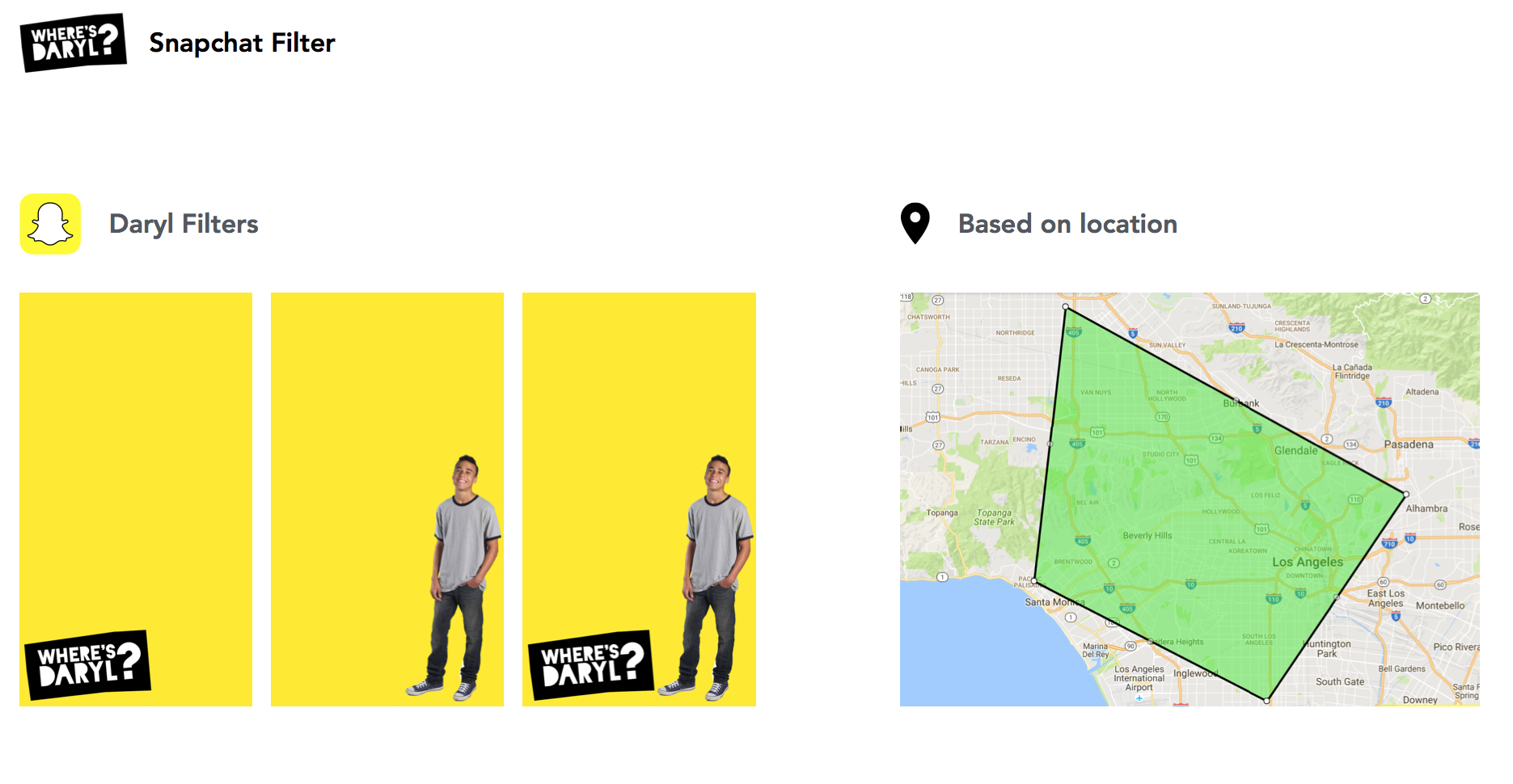 close
close
Student Facing Products
Read more
Integrating social media components expands the “Where’s Daryl?” experience beyond the classroom for middle school students. A Snapchat filter based on location allows students to incorporate an image of Daryl into their photos. Likewise, on Instagram, students can take selfies with the Daryl cutout or shoot live feeds of the project and use the universal #WheresDaryl hashtag. Students can have interactions on Facebook through a chatbot named Ashley, Daryl’s girlfriend. The conversations continue the narrative of how Daryl, because of his choices, is missing out on important life moments.
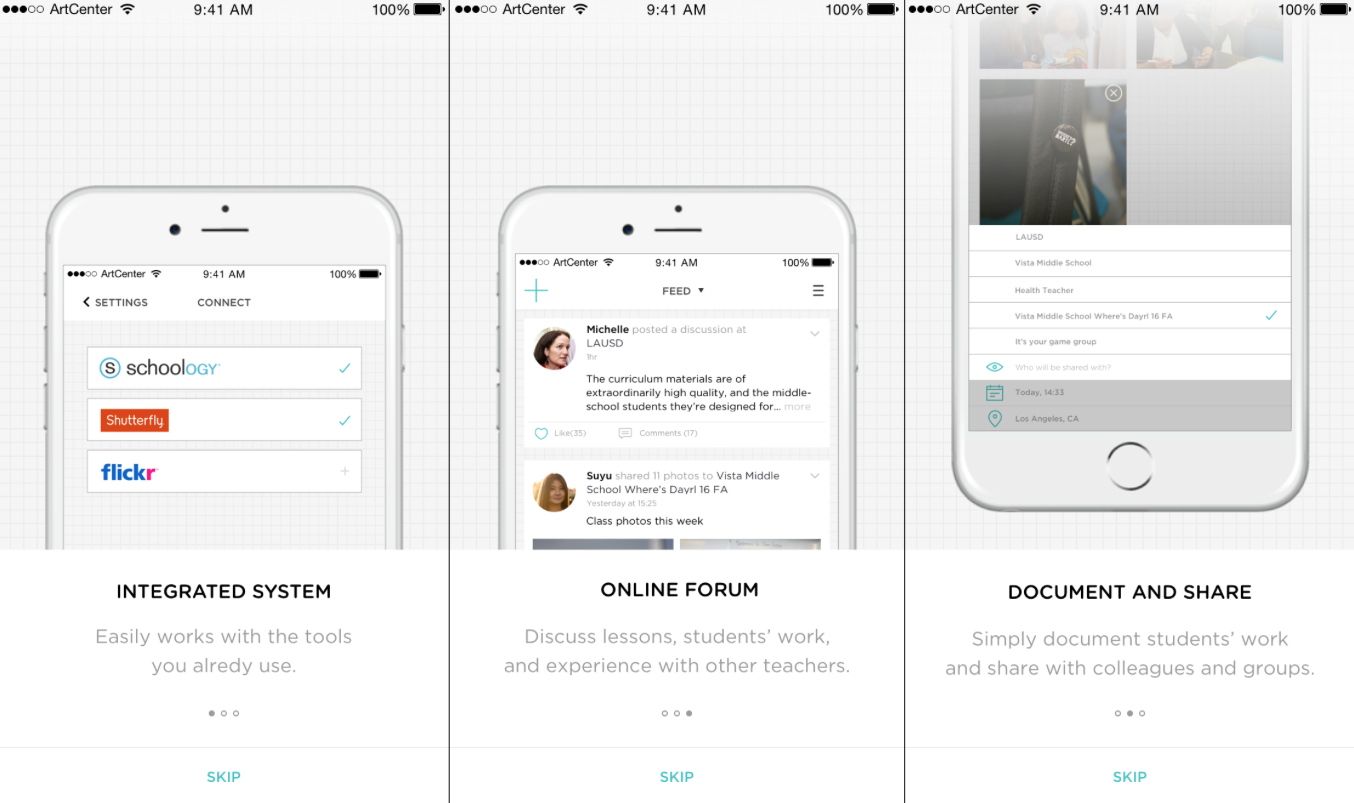 close
close
Teacher Companion App
Read more
To document student work and to share curriculum experiences with fellow educators, teachers can upload smartphone images directly onto the “Where’s Daryl?” page via a teacher companion app. Face filters will pixilate or blur student faces to address privacy requirements.
It’s so super inspiring to see this legacy project continue in the hands of these students; they had the chance to work on a powerful project that originated from their fellow students five years ago. I hope this reiteration of “Where’s Daryl?” that I’m looking at today is the seed for the next five years for this project.
—Elisa Ruffino, Former Director of Designmatters
Next Steps
Before the “Where’s Daryl?” website can be uploaded online and be live for users, LAUSD, along with ArtCenter’s input, will analyze the overall functionality and backend technicality of this current iteration. The goal is to have the website available for instructors to access for the 2017/2018 school year.
